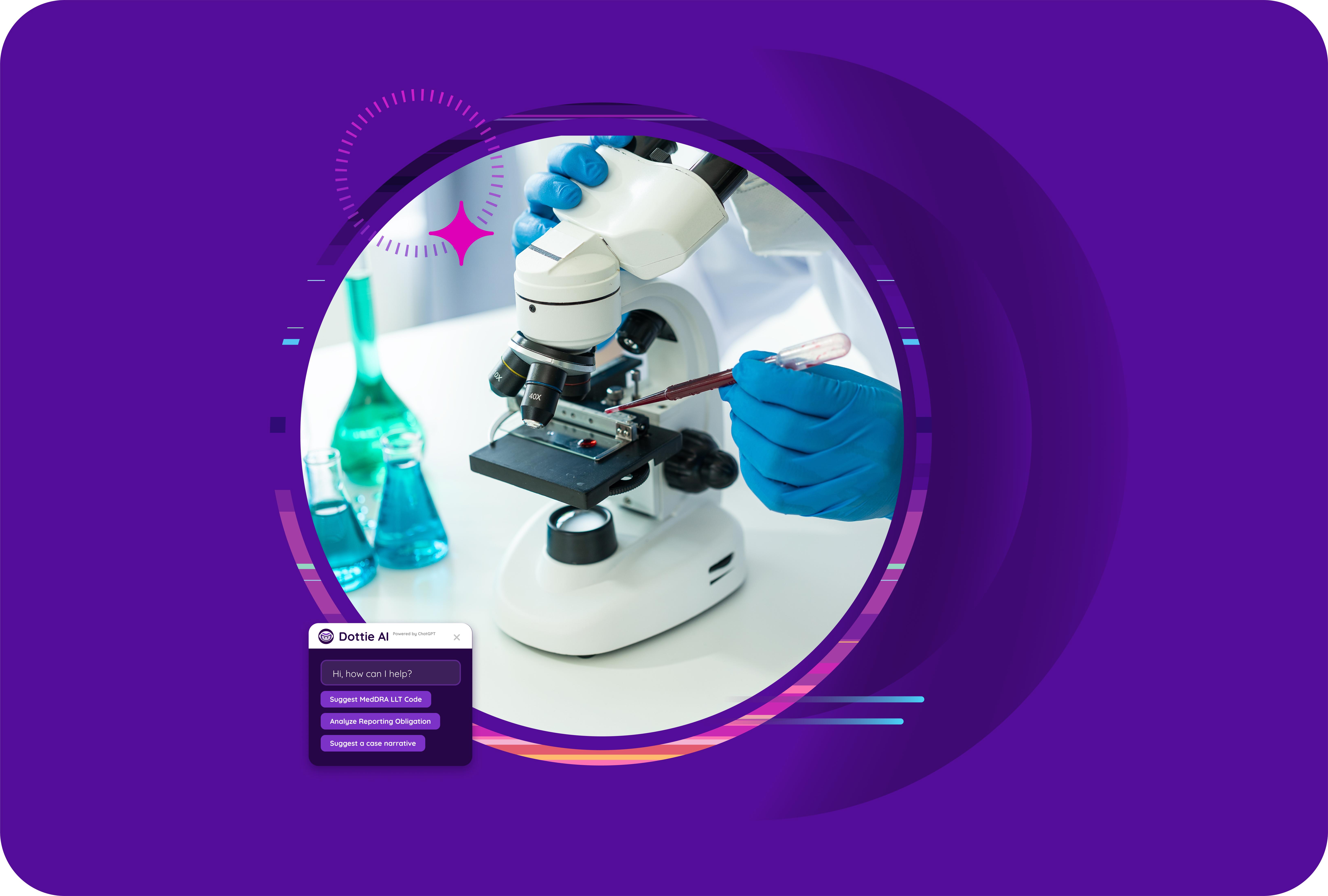
ISO 13485 outlines the specifications for quality management systems (QMS) for medical devices. Both internal audits and external auditors (typically notified bodies) will test the validity of the quality management system.
A medical device can be as simple as a first aid bandage or as complex as a pacemaker on which a patient’s life is dependent on. All medical devices, however, have one thing in common: they all strive to meet the highest level of quality that is widely acknowledged when they are created by medical device manufacturers that adhere to the ISO 13485:2016 medical device quality management standard. The standard is solidifying its stature and ubiquity across the world with the harmonization of ISO 13485 and 21 CFR Part 820.
A quality management system (QMS) that complies with ISO 13485 regulation does not merely happen if your company is involved in the manufacture of a medical device. It requires focused organizational effort, careful planning, and a complete comprehension of the tasks necessary for compliance.
You must begin by creating documentation, such as the Quality Policy, Quality Objectives, and Quality Manual, with management support and by determining the needs of the customers for the QMS. Together, these describe the Quality Management System’s entire implementation and scope. You’ll also need to develop the essential and optional processes and procedures your firm needs to offer your product or service in a proper manner.
What is the current version of ISO 13485?
The most recent update to ISO 13485:2016 for medical devices was published in March 2016. A focus on risk, clarification of management and training responsibilities, improvements to the facility requirements, better alignment of design and development requirements with many regulations, increased emphasis on supplier control, requirements for traceability procedures, addition of complaint handling, and enhancement of product cleanliness requirements are just a few of the additions to this update.
The ISO 9001:2008 standard is aligned with the ISO 13485:2016 standard. Published by ISO (the International Organization for Standardization), ISO 9001 is a widely accepted benchmark for Quality Management Systems (QMS) Its criteria are accepted as a valid foundation for the implementation of a QMS all over the world. Although the ISO 13485:2016 standard was released after the significant modification of ISO 9001:2015, it is not compatible with this most recent version of ISO 9001. Instead, it was found that medical equipment did not require the most current updates to ISO 9001:2015.
ISO 13485:2016 requirements
In all, ISO 13485 has eight parts. As the first three are introductions and provide scope, definitions, and other basic information, this article concentrates on the latter five parts.
Quality Management System (Clause 4)
General requirements: A quality management system must adhere to the standard and be committed to have written procedures for documentation and risk management, as well as the assurance that those procedures are being followed. General requirements outline the overarching requirements for the implementation of a quality management system.

ISO 13485 medical device documentation specifications call for the establishment of a quality handbook. Additionally, this clause outlines particular record requirements for medical device manufacturers, such as product specifications and instructions on intended use, a plan for document control that ensures document integrity, and a plan for record control that ensures the security and veracity of the data in the system.
Management Responsibility (Clause 5)
The management team of the business putting ISO 13485 into practice is required to show a number of particular obligations, which are outlined in the standard. Management must generally make sure that the company is dedicated to the quality policy by:
- putting the end user first and making sure they have the resources they require to follow the standard,
- ensuring that all guidelines are followed when the product is being made,
- educating staff members about the value of sound policies and practices and reiterating management’s dedication to the system,
- distributing authority as required to guarantee the execution and observance of the quality plan,
- reviewing the quality system on a regular basis and making any required adjustments (Management Review).
Resource Management (Clause 6)
The senior management of a company is responsible for providing the tools required to guarantee ISO 13485 compliance. Setting up a quality system is only the first step; the organization as a whole has to support it. By providing adequate employees, infrastructure, tools, and equipment, succession planning, and risk aversion planning, management must enable the right resources to be assigned to quality system operations.
Product Realization (Clause 7)
The whole process of creating a new product, from initial conception through design and implementation, is included. This section of ISO 13485 emphasizes the value of processes and communication throughout the whole product life cycle. Processes that describe how an organization gathers initial ideas and needs, plans and develops the product, and monitors customer use will be in place if a robust quality system is established.
Measurement, Analysis, and Improvement (Clause 8)
Additionally, ISO 13485 emphasizes the significance of monitoring and analyzing product performance once your product is introduced by recording customer feedback and doing the following:
- handling grievances,
- notifying and reporting to regulatory authorities as necessary,
- locating any nonconforming items and dealing with them,
- evaluating product performance continuously and trying to enhance procedures.
ISO 13485:2016 Implementation
The implementation of ISO 13485 adheres to the Plan, Do, Check, Act (PDCA) structure, just like any other ISO standard. Medical device manufacturers can determine the quality targets and create the quality manual and policy documents after taking the needs of the customer into account. The organization can accomplish and maintain the quality criteria and adhere to the widely accepted quality standards thanks to the ISO 13485 QMS implementation.
QMS digital transformation with Dot Compliance
Customer satisfaction is one of the guiding principles of the ISO 13485 implementation. Customers are more likely to trust businesses with an ISO 13485 certification than those without one. This is due to the consumers’ fervent belief in the company’s effective QMS.
With the application of ISO 13485, your company’s goals are now more aligned with the demands of the consumer than with the departmental goals of each employee. This will increase sales and bring in more clients for your company.
Dot Compliance sees a cloud-based, ready-to-use QMS as the ultimate tool for assisting you in managing a smarter, more effective medical device business. You may concentrate on the actual quality of your devices using a QMS. We minimize the obstacles that make managing and executing eQMS challenging by utilizing digital innovation, driven by the Salesforce.com platform, along with our in-depth expertise in quality and compliance.
Download the ISO 13485 Checklist for FREE


